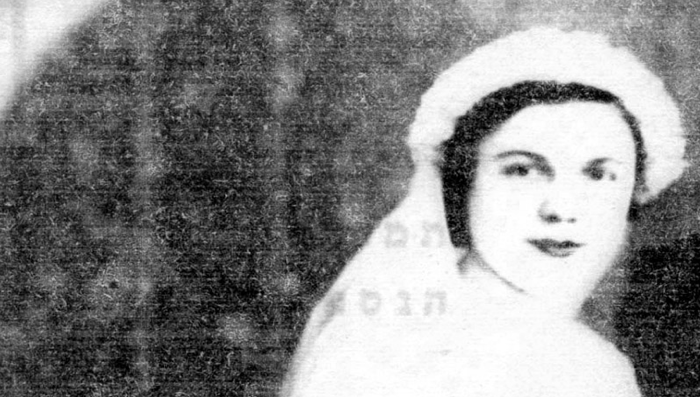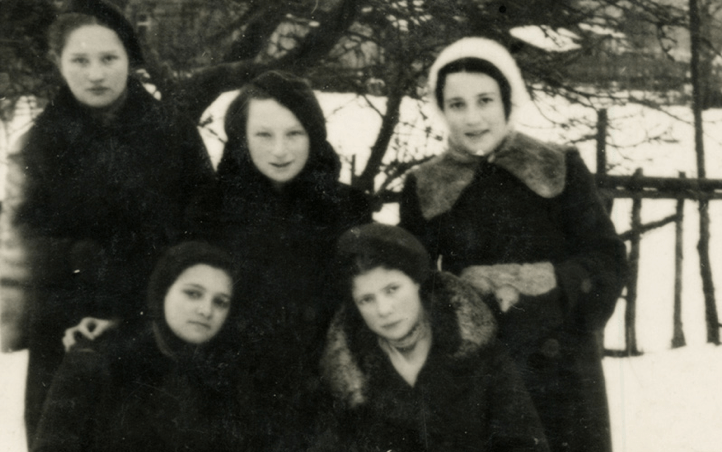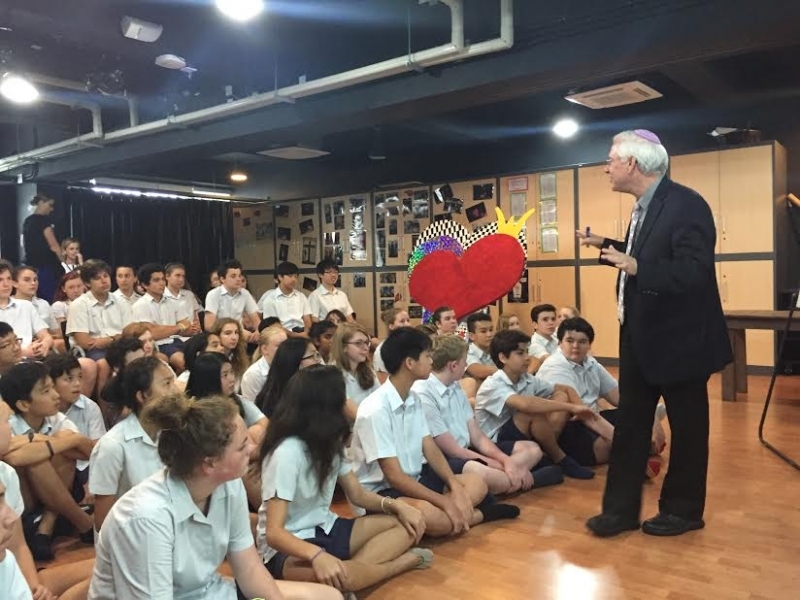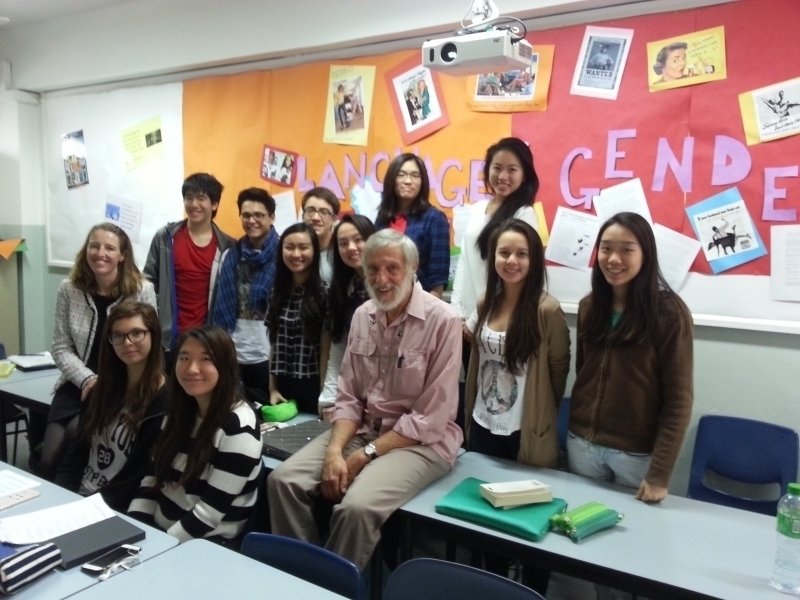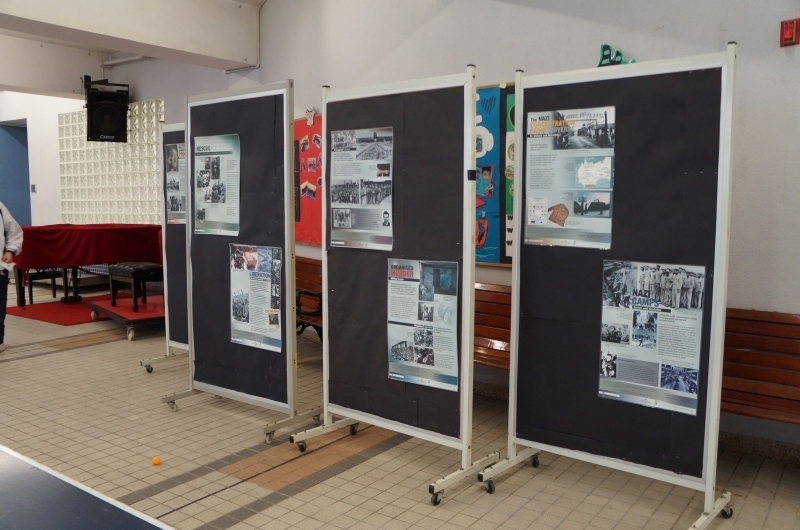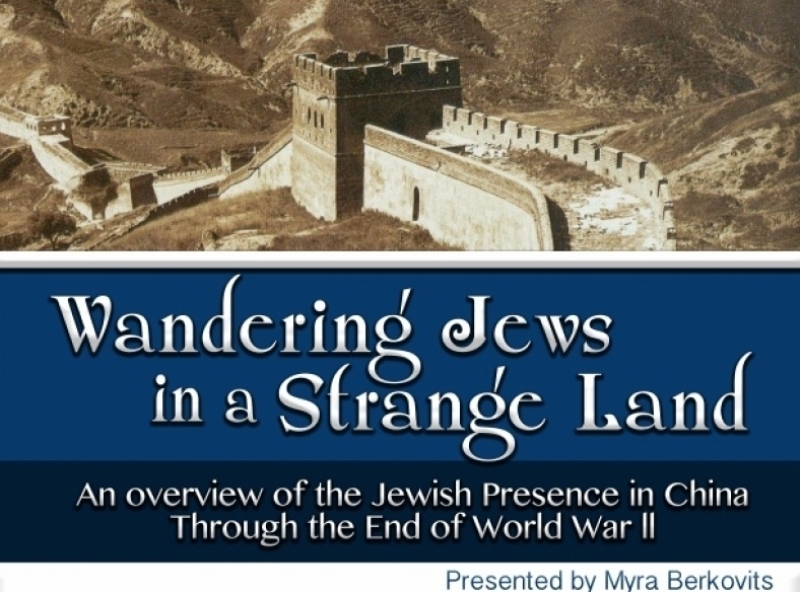About Ida Goldis
Please consider supporting our vital work to educate about the Holocaust and promote tolerance. To donate, please click here.
Ida Goldiş wrote her last letter to her older sister Clara, on the eve of her deportation from the Kishinev ghetto to Transnistria.
In October 1941, Ida Goldiş née Bidus was deported from the Kishinev ghetto to Transnistria, together with her little son Vili and her younger sister Doba. Her husband, Yosef, was in a Romanian army labor battalion.
Ida, Vili and Doba were forced to make the arduous journey on foot together with the rest of the deportees from the ghetto. Ida and Doba took turns carrying Vili on their backs, using a special harness that they had sewn for him. In early 1942, the young child froze to death in the bitter cold, and his mother, who had lost the will to live, perished a few days later after drinking contaminated water. Ida was 24 when she perished, and Vili was just three years old.
Ida had managed to smuggle the letter out of the ghetto via a non-Jewish messenger who worked with Doba in the bakery. The letter was given to Clara, who had remained in Romania. Clara and Doba (later Schwarz) survived. They immigrated to Israel, and kept the letter. In 1979, Doba Schwarz submitted Pages of Testimony in memory of her sister Ida and her nephew Vili. Yosef also survived and immigrated to Israel.
The letter, written in Romanian, was donated to Yad Vashem by Doba’s daughter, Yehudit Shelly, who worked in the Yad Vashem Archives.
* Photo above of Ida Goldis from the Yad Vashem Archive
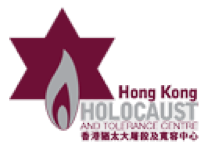 |
 |

